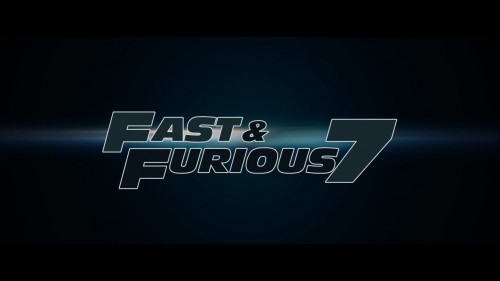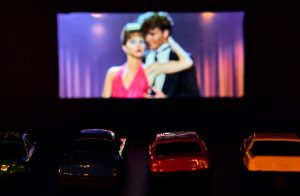This weekend, I spent $10 to see Fast and Furious 7, and I was not alone. Furious 7, as it’s known for short, raked in $385 million in global box office on its opening weekend, about one-third of it in the United States.
Already, analysts are predicting that Furious 7 will be a $1 billion movie worldwide, and achieve at least $500 million in U.S. box office. Its $143.6 million opening weekend was the biggest since Spider-Man 3, according to the Wall Street Journal.
In case you don’t know the background of the 14-year-old series, the Furious movies center on an elite street racer (and ex-convict), Dominic Toretto, played by Vin Diesel.
He leads a collection of racers, including his sidekick, a former undercover cop named Brian O’Connor, who zoom around the world chasing down criminals, and crashing an enormous number of cars in the process.
The Furious movies are more than just silly stupid fun. For one thing, they have 54 million “likes” on Facebook, giving them enormous social media power. But there also are a series of elements, especially in Furious 7, that give them enormous economic power.
1) Diversity.
Time magazine noted that 75 percent of this weekend’s audience in North America was non-white. Declares Time, “People want to see characters who look like them represented in the movies, and Fast and Furious is currently the only major action franchise that boasts a truly diverse cast.”
The collection includes a Canadian-American of Samoan heritage, an Italian-American, a Japanese man, two black men, a Latino woman, and an Israeli woman.
2) Gender equality.
Letty, played by Michele Rodriguez, is one of the toughest women to be seen on screen in years. She can stand shoulder to shoulder with Angelina Jolie in her ability to portray a strong heroine.
One main character, Jordana Brewster, who plays Brian O’Connor’s wife, even confesses that she feels guilty about making him embrace a house with a white picket fence and family life. (Spoiler alert: the house is a plot point.)
Tip: watch for pop star Iggy Azalea to make a brief but gutsy appearance of her own.
3) Global variety.
Scenes from Furious 7 are shot in Los Angeles, London, Abu Dhabi, the Dominican Republic and Japan. Blink, and you’ll be transported to a different part of the world.
The mix of locations brings to mind the Bond movies, especially in their love of putting the stars in predicaments which seem to offer no escape routes.
4) Sentimentality.
Paul Walker, who plays O’Connor, died after the filming of Furious 7, which gives every scene in which he appears an added poignancy. The ending, in particular, brought tears to the eyes of many moviegoers.
There’s a subplot involving Diesel and Rodriguez that also brings an unexpected touch of romance to the film.
5) Suspension of belief.
By now, sophisticated moviegoers are onto the “green screen” tricks that movie makers attempt in science fiction and action films. And, there are plenty of situations in Furious 7 that would cause great bodily harm, if not even instant death if they happened in real life.
But the fast pace of the movie allows even skeptics to suspend their belief, at least for two hours in the theater. My “OMG” moment took place in Abu Dhabi, and honestly, I don’t need to see another action movie this year. That stunt was enough to get me to buy in.
For story ideas, Furious 7 is bound to be showing near you. Talk to theater managers, to moviegoers, and see who’s actually in line at your local theater. It’s probably going to be an interesting crowd.
STORY IDEAS











